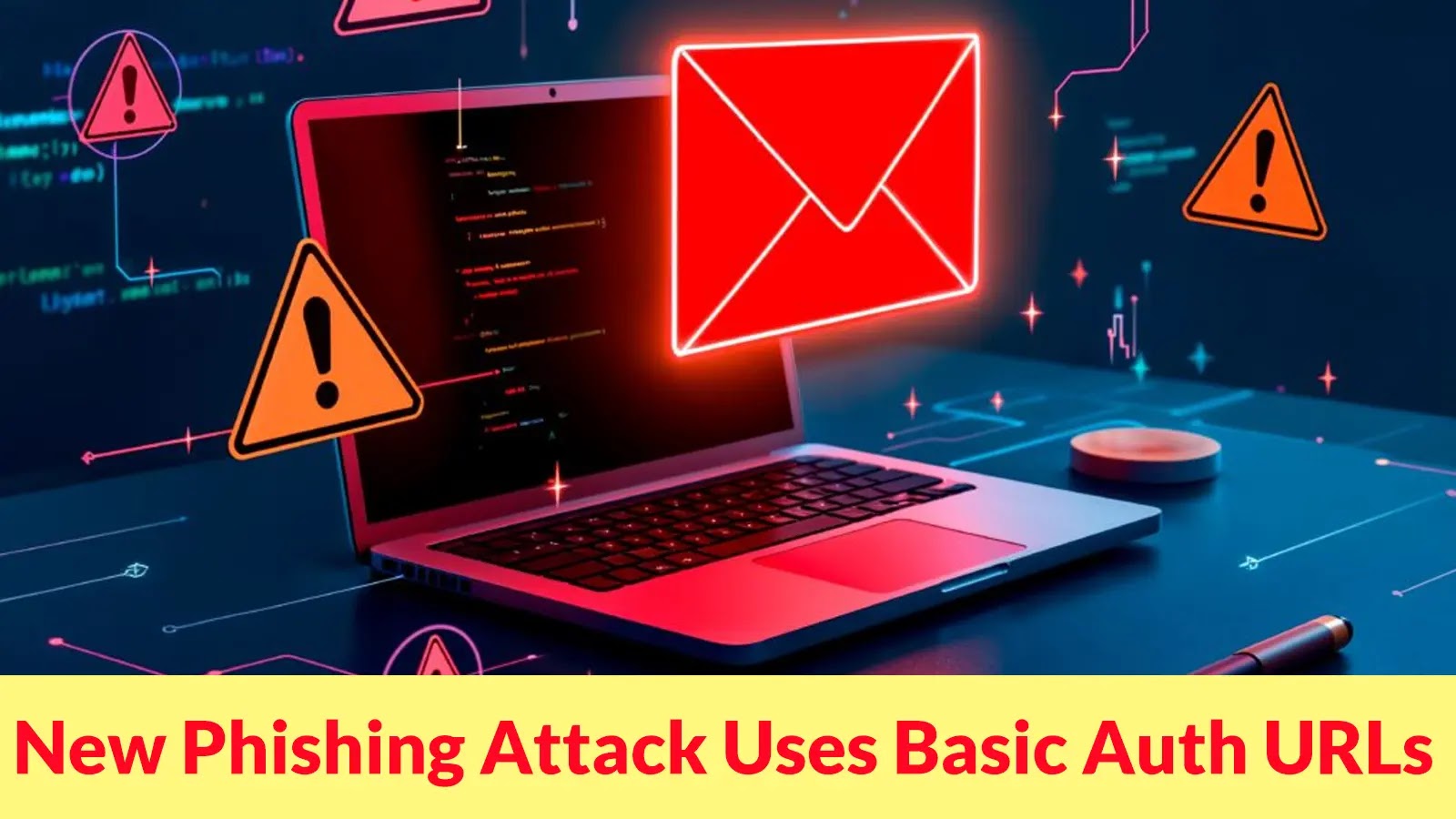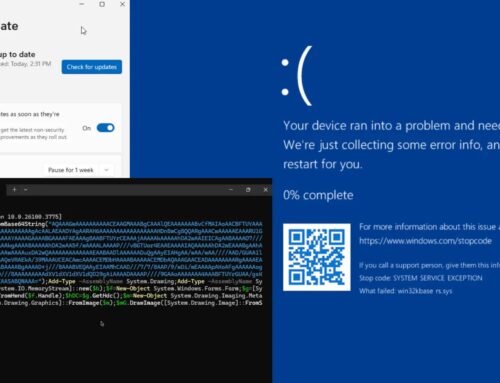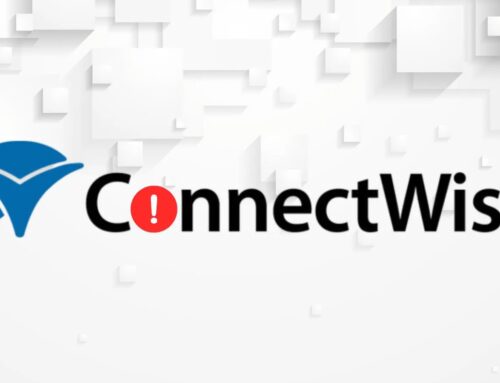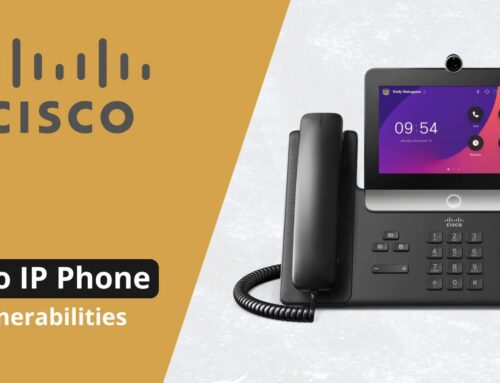
New Phishing Attack Uses Basic Auth URLs to Trick Users and Steal Login Credentials
The digital landscape is a constant battleground, and even seemingly archaic attack vectors can resurface with renewed effectiveness. In early October 2025, cybersecurity experts observed a troubling trend: a sophisticated phishing campaign leveraging a retro technique – the manipulation of legacy Basic Authentication URLs. This resurgence highlights the enduring vulnerability of user perception and the clever adaptations of threat actors.
For organizations and individuals alike, understanding this attack methodology is paramount. While Basic Auth might seem like a relic of the past, its exploitation demonstrates that vigilance must extend beyond the latest zero-days to encompass foundational web technologies. This post delves into the mechanics of this phishing attack, its potential impact, and crucial remediation strategies.
The Deceptive Power of Basic Authentication URLs
The core of this phishing scheme lies in its deceptive simplicity. Threat actors are crafting malicious links that exploit a rarely used, but still functional, feature of web browsers: embedding credentials directly into a URL using the format https://username:password@domain.com. While modern browsers typically warn against or prevent automatic authentication for security reasons, the visual trickery remains highly effective.
The attackers specifically crafted URLs to visually mimic legitimate services by embedding a trusted institution’s domain within the username field. For example, a link might appear as https://yourbankname.com:password@malicious-site.com. Although the true domain is malicious-site.com, the prominent display of “yourbankname.com” at the beginning of the URL creates a strong illusion of legitimacy. When unsuspecting users click these links, several scenarios can unfold:
- Credential Harvest: In some cases, the browser might interpret the embedded segment as part of the username for a phishing page hosted on the malicious domain. The user is then presented with a seemingly legitimate login page for “yourbankname.com” and prompted to enter their credentials, which are then harvested by the attacker.
- Subtle Redirection: Even if a browser prevents automatic authentication, the visual deception can still lead users to trust the malicious site. Once on the phishing page, the user may assume they are on the legitimate site and willingly enter their login details.
Why This “Retro” Attack is Effective
Several factors contribute to the success of this seemingly old-school technique:
- Visual Trust: The immediate visual cue of a trusted domain embedded in the URL is a powerful psychological trick. Users often scan URLs quickly, and the presence of a familiar name can override deeper scrutiny.
- Browser Behavior Variability: While many modern browsers have countermeasures for Basic Auth embedded in URLs, browser versions and configurations can vary. Some older browsers or specific client applications might still process these URLs differently, leading to unpredictable outcomes.
- Lack of Awareness: Many users, and even some IT professionals, may not be aware of the Basic Authentication URL convention or its potential for abuse. This lack of knowledge makes them more susceptible to such attacks.
Remediation Actions and Prevention Strategies
Mitigating the risk posed by these Basic Auth URL phishing attacks requires a multi-layered approach, encompassing technical controls, user education, and continuous monitoring.
For Organizations:
- Email Gateway Filtering: Implement robust email gateway solutions capable of scanning for and blocking suspicious URLs, especially those containing embedded credentials or unusual domain structures. Regularly update threat intelligence feeds for these systems.
- Web Application Firewalls (WAFs): Deploy WAFs to protect web applications. While WAFs primarily defend against direct application attacks, they can also help identify and block traffic originating from known malicious domains, which could be part of a phishing campaign.
- DNS Filtering and Blocklists: Utilize DNS filtering services to block access to known malicious domains. Maintain up-to-date threat intelligence and integrate it into your DNS infrastructure.
- Security Awareness Training: Conduct regular and engaging security awareness training for all employees. Emphasize the importance of inspecting URLs carefully, hovering over links to view the actual destination, and reporting suspicious emails. Specifically educate users about the structure of legitimate URLs versus those used in Basic Auth phishing attempts.
- Multi-Factor Authentication (MFA): Mandate MFA for all services. Even if credentials are stolen, MFA acts as a critical second line of defense, significantly reducing the impact of a successful phishing attempt.
- Incident Response Plan: Ensure your organization has a well-defined and regularly tested incident response plan for phishing attacks, allowing for rapid detection, containment, and recovery.
For Individual Users:
- Inspect URLs Carefully: Before clicking any link, especially in emails or unexpected messages, hover your mouse cursor over it to reveal the actual destination. Look for discrepancies between the displayed text and the underlying URL. Pay close attention to the domain name.
- Never Enter Credentials on Unsolicited Links: Always navigate directly to official websites by typing the URL into your browser or using trusted bookmarks. Never click a link in an email and then immediately enter login information, especially if the email is unexpected or seems slightly off.
- Report Suspicious Emails: Most email providers offer a “Report Phishing” or “Report Spam” option. Utilize this to help train filters and protect others.
- Use a Reputable Antivirus/Antimalware: Keep security software updated to help detect and block access to known malicious sites.
Tools for Detection and Mitigation
While this particular attack vector doesn’t have a specific CVE number given its social engineering nature, several tools can assist in detecting and mitigating phishing attempts in general, including those leveraging Basic Auth URL tricks.
| Tool Name | Purpose | Link |
|---|---|---|
| PhishTank | Community-based phishing URL verification and sharing. | https://www.phishtank.com/ |
| SPF/DKIM/DMARC Analyzers | Email authentication protocol verification to combat spoofed emails. | https://mxtoolbox.com/spf.aspx |
| URLScan.io | Sandbox for analyzing and scanning suspicious URLs. | https://urlscan.io/ |
| Proofpoint / Mimecast | Advanced email security gateways with phishing detection. | https://www.proofpoint.com/ |
| OpenDNS (Cisco Umbrella) | DNS-layer security for blocking malicious domains. | https://umbrella.cisco.com/ |
Conclusion
The re-emergence of Basic Authentication URL manipulation in phishing campaigns serves as a stark reminder that threat actors constantly adapt and recycle methods, preying on both technical oversights and human psychology. Organizations must prioritize robust security awareness training coupled with advanced email and network security solutions. For individuals, a healthy dose of skepticism and careful examination of all links are indispensable defense mechanisms in the ongoing fight against cybercrime. By understanding these tactics and implementing effective countermeasures, we can collectively reduce the success rate of such deceptive attacks.





